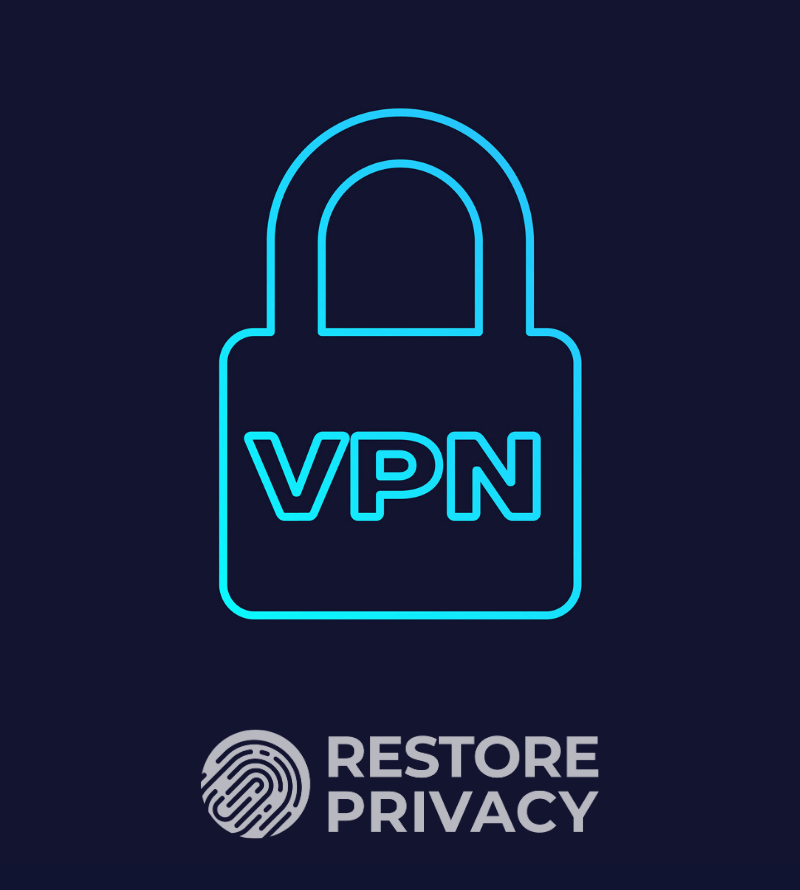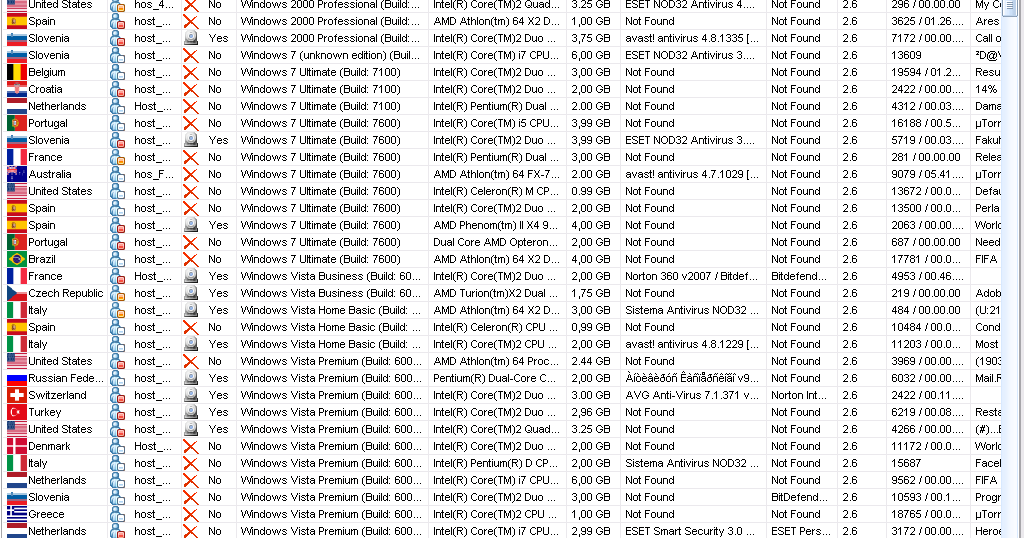

Insecure about using public WiFi? Connect to your home’s OpenVPN appliance, for free.īy Paul Braren on Sat May 10th, 2014 1) Download the appliance And which I presented, in a live demonstration: Presented at Security BSides Boston on May 10 2014, I'm happy to now present to you the results of that effort, which was a success.

#No ip duc vpn free#
#No ip duc vpn install#

Of course, I said yes, without hesitating to offer a live presentation using OpenVPN, on blind faith that I'd get it working nicely again. April also brought the opportunity to present at BSides, for my second time. security as well as for speed when connecting via OpenVPN.ĭespite my success, I had a nagging concern that this posed some additional risk of home network penetration.Īlong came April 2014, when Heartbleed arrived, shortly followed by a new OpenSSL patched version of the OpenVPN appliance.

Read more about types of VPNs at Comparison chart - OpenVPN / PPTP / SSH TunnelĬonclusion - OpenVPN is the protocol of choice for max. Works well, stable, even blogged and created a YouTube video of the entire process back in December of 2013 here, including the handling of dynamic DNS on a router basis. Allows my iPhone 5 and my laptop a secure path to browsing through hotel or other open WiFi, nice. It's a pre-build OpenVPN appliance, based on Ubuntu. I quickly found the perfect match for my always-ON vZilla system. By default, Hamachi VPN uses the remote network just for private IP traffic, only "VPNing" or encrypting some network traffic. But Hamachi VPN doesn't have an iOS client. It handles wake on LAN magic packets from the one system I leave running, to other wired but asleep systems. Yes, the US version of websites, not a localized version. So I constructed the path into my home lab's network, for remote administration in a pinch, for remote desktop, and for hitting web sites as if I was actually home, even when far from it. It was more about securing in-the-clear communications when using WiFi in a hotel, for example, when sometimes no LTE is available. The concern wasn't so much about my internet provider, Cox Communications, from knowing what I'm doing. Last year, I was pondering new ways to remotely surf the web securely, privately, from my home's IP address, even when far away from my home.


 0 kommentar(er)
0 kommentar(er)
